Issue (March 2019)
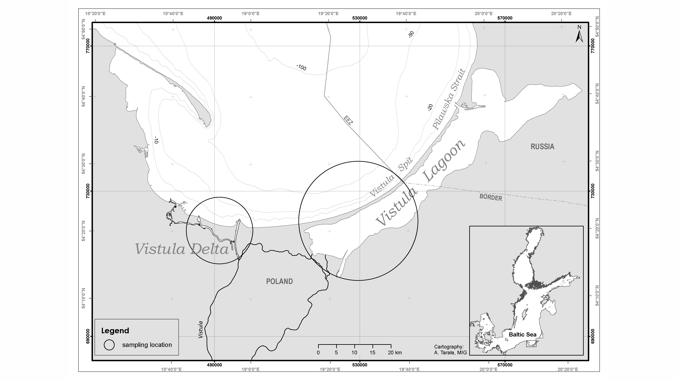
Size structure and body condition of Ponto-Caspian gammarids in the Vistula estuary (Poland)
Over the past few decades, Ponto-Caspian gammarids Pontogammarus robustoides, Obesogammarus crassus and Dikerogammarus haemobaphes have colonized the European inland and coastal brackish waters. Previous experimental studies of P. robustoides, O. crassus and D. haemobaphes indicated
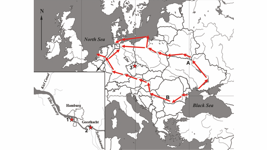
Parasites of round goby, Neogobius melanostomus, currently invading the Elbe River
The round goby, Neogobius melanostomus, is a Ponto-Caspian fish species currently found in many parts of Europe, including the North Sea riverine deltas. The objective of this study was to examine the parasite community of
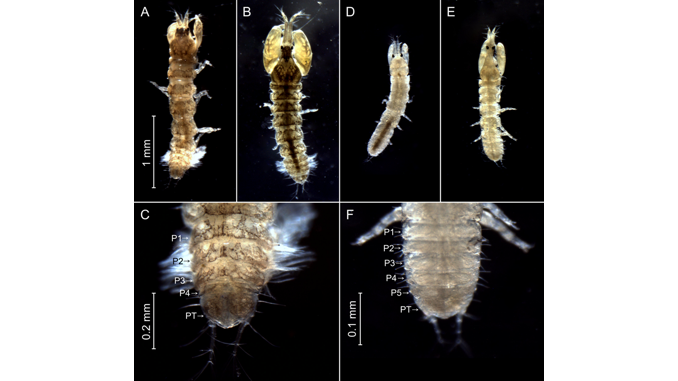
Non-indigenous tanaid Sinelobus vanhaareni Bamber, 2014 in the Polish coastal waters – an example of a successful invader
The paper reports on the first record of Sinelobus vanhaareni, a non-native tanaid, in the Polish coastal waters (Gulf of Gdańsk, southern Baltic Sea). The species was found in the port of Gdynia in 2014,
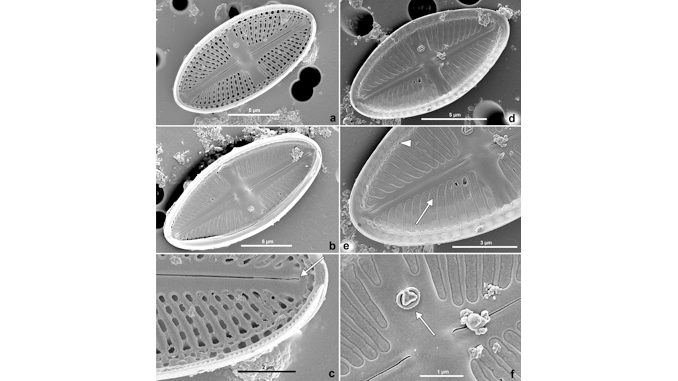
New and interesting Luticola species (Bacillariophyta) from the mangroves of Nosy Be Island, NW Madagascar
Madagascar is an isolated island characterized by a high degree of endemism at all taxonomic levels. Diatom assemblages of the region are still poorly known and sporadic sampling events in various habitats (e.g. lagoons, mangroves)

Many faces of arsenic
Arsenic (As) is a natural component of the Earth’s crust. Due to its specific properties, arsenic became e.g. the favorite poison in the 19th century in Europe, a component of an effective insecticide and herbicide
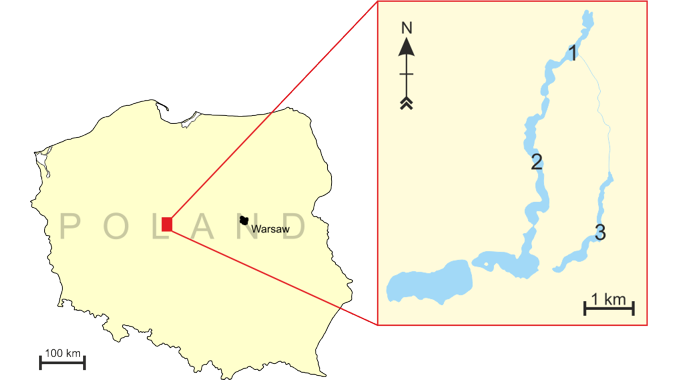
Infestation of Bivalvia by Dreissena polymorpha (Pallas, 1771) in thermally polluted lakes
Unionid mussel species belong to one of the most threatened invertebrate groups on Earth. Biological invasions, especially those by filtering species, are particularly harmful to native Unionidae species. In Poland, a significantly disturbing situation of
